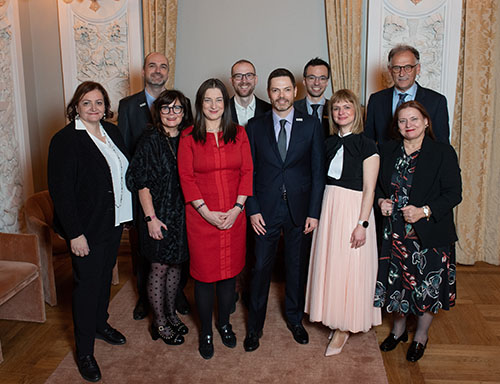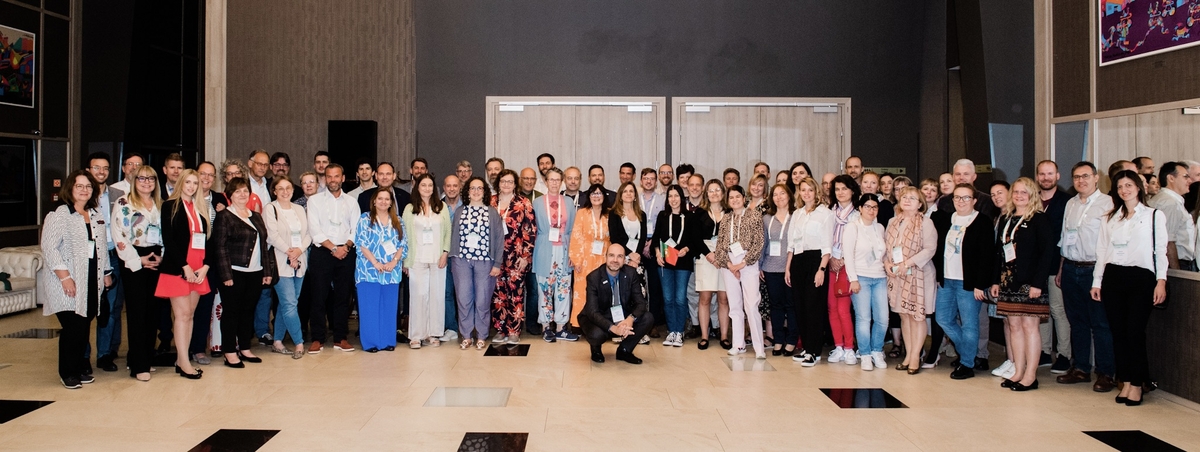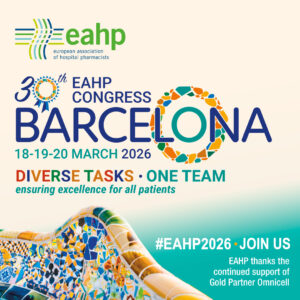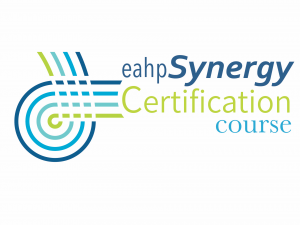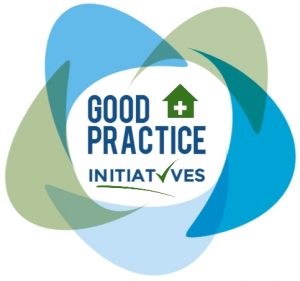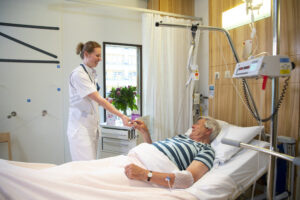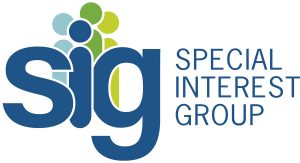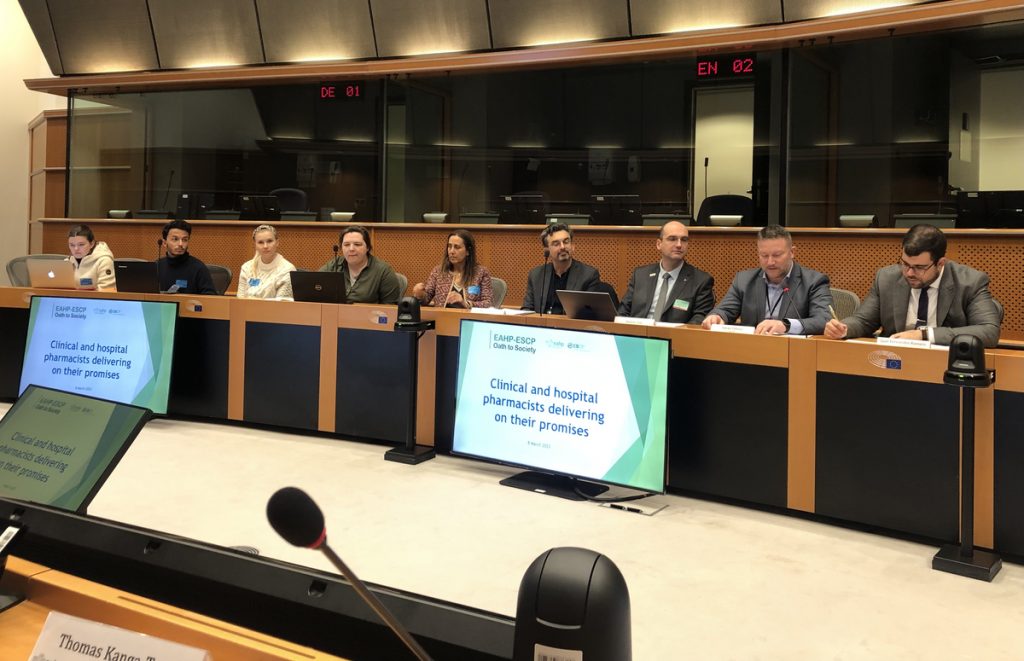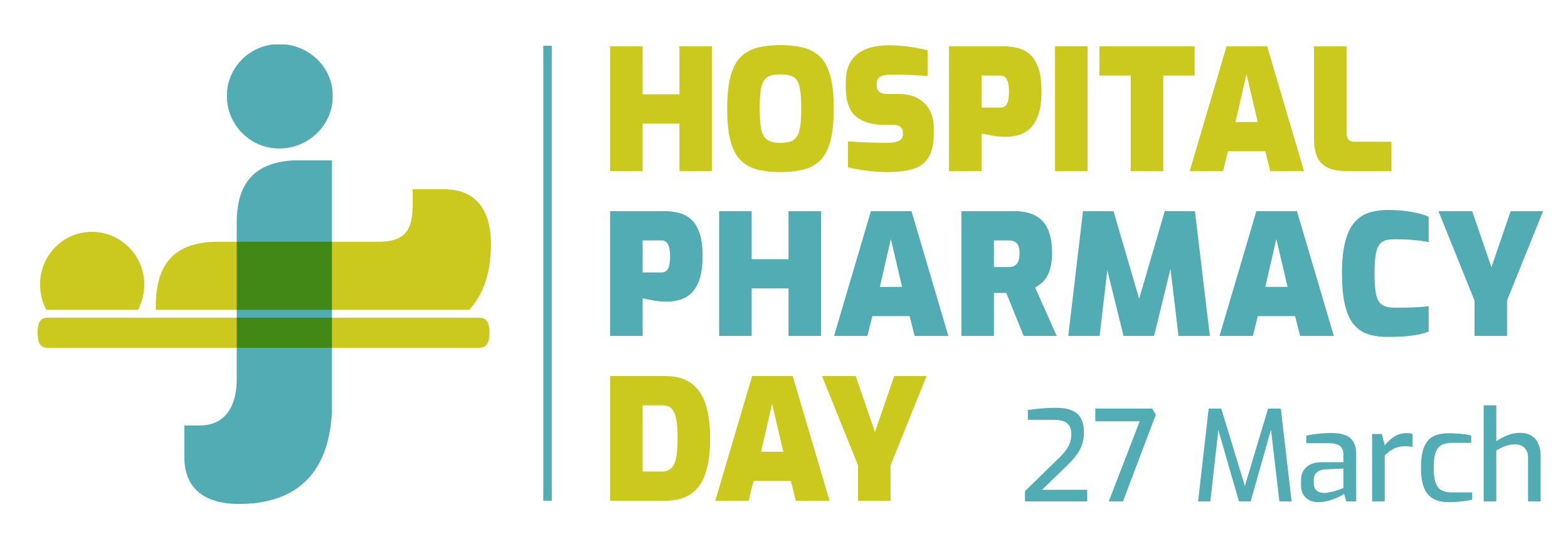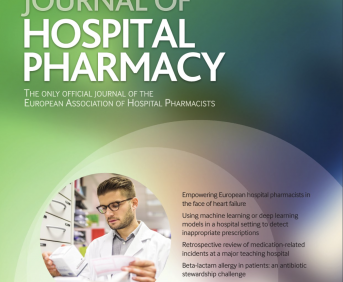THE OPIOID WORKING GROUP: AN INTERDISCIPLINARY WORKING GROUP TO IMPROVE THE CORRECT PRESCRIPTION AND APPLICATION OF OPIOIDS IN THE HOSPITAL SETTING (submitted in 2019)
European Statement
Patient Safety and Quality Assurance
Author(s)
Imke Willrodt, Delia Bornand, Jimena Ramos, Stojan Petkovic, Giulia Mohr, Anne Leuppi-Taegtmeyer
Why was it done?
Due to critical incidents involving opioids reported internally at the University Hospital Basel in 2018, there was an urgent need to evaluate underlying reasons for these events. The Opioid AG was established with the aim to mitigate risks for the correct prescription and application of opioids, and therefore to improve patient safety.
What was done?
The Opioid Working Group at the University Hospital Basel is an interdisciplinary working group including representatives from different professions (physicians, nurses, pharmacists) and departments (medical, surgery, gynaecology, emergency, pain therapy, palliative care, pharmacology and toxicology, patient safety and information technology).
How was it done?
The thorough analysis of root causes for the critical incidents revealed prescribing and application errors, such as non-observance of kidney failure, pharmacodynamic interactions of opioids with other prescribed drugs, inadvertent overdosing – in particular with liquid drug formulations, or patient mix-ups.
What has been achieved?
Consequently, the following steps are being taken to address these risks: 1. Optimisation of the prescribing software including opioid prescription templates, links to existing opioid unit conversion tables for liquid forms of diamorphine, morphine, hydrocodone and oxycodone (milligrams to millilitres) as well as clearer display of “as required” opioid prescriptions on the patients’ electronic drug charts. 2. Preparation of Standard Medication Preparation Schemes for nursing staff of the emergency department. 3. Development of an additional label (concentration, patient initials, date of reconstitution, date of expiry of reconstituted solution) for parenteral diamorphine. 4. Improvement in detailed written instructions for the correct preparation, labelling, application and disposal of intravenous and oral drugs (to include opioids). 5. Evaluation of a hospital opioid safety self-assessment tracking tool.
What next?
A comprehensive evaluation will take place, 6 months after the implementation of all measures. We will use the number of naloxone prescriptions on the wards as a key performance indicator to measure the success of this project. The reported critical incidents involving opioids will also be assessed before and after the implementation of all measures.
This evaluation will help to identify open questions, potential gaps and further needs for improvement to be addressed by the interdisciplinary team.
